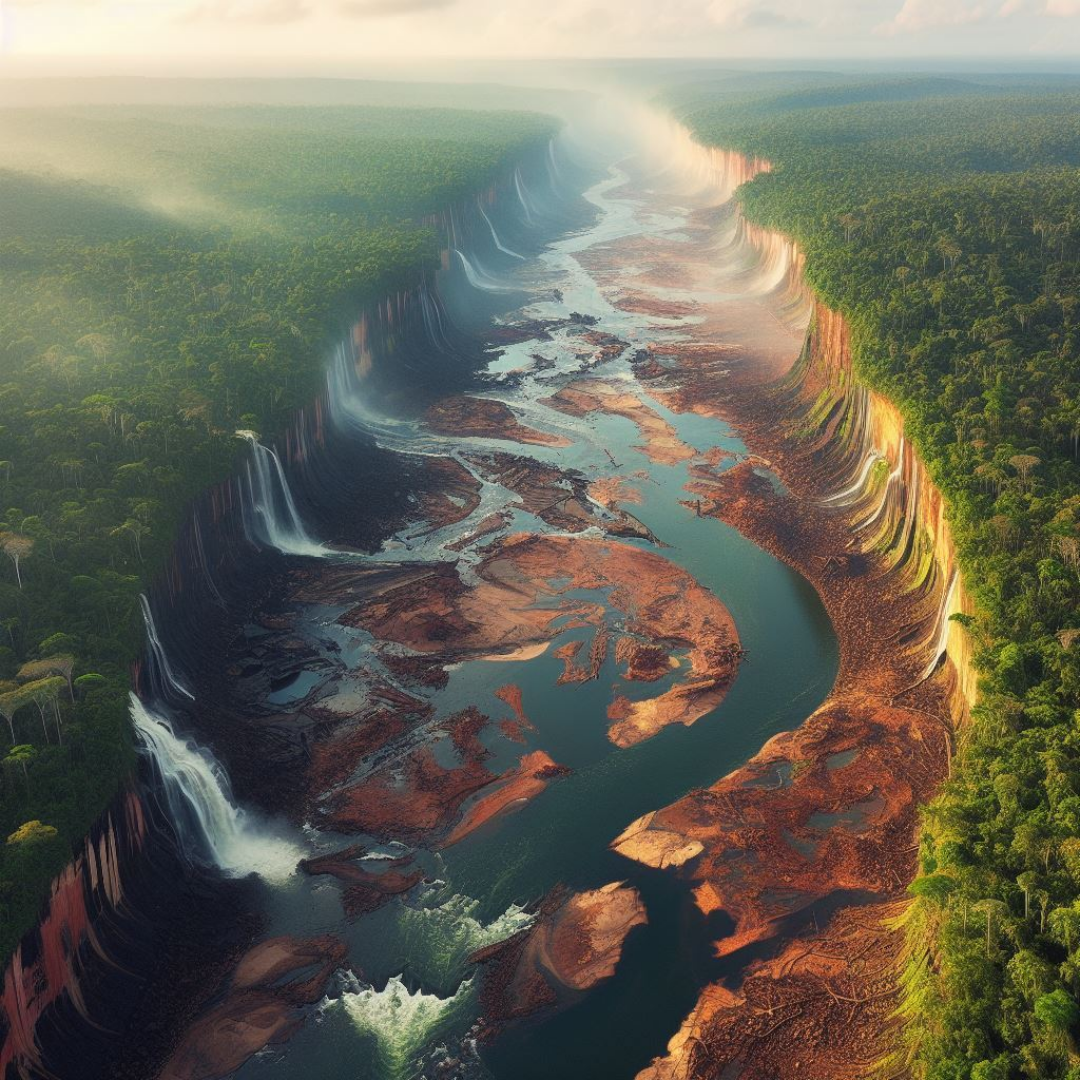Preliminary statistics from the Brazilian space research agency INPE indicate a remarkable 49.5% reduction in total area cleared in the Amazon during the first nine months of this year.

Government data reveals that deforestation in Brazil’s Amazon rainforest dropped by a staggering 56.8% in September compared to the previous year, marking a significant stride in conservation efforts. This decline comes despite the region grappling with an unprecedented drought, the worst in four decades.
Preliminary statistics from the Brazilian space research agency INPE indicate a remarkable 49.5% reduction in the total area cleared in the Amazon during the first nine months of this year. This positive trend aligns with the determined efforts of President Luiz Inacio Lula da Silva’s administration to curb illegal deforestation, both on the global stage and within Brazil itself, following a surge in forest destruction during his predecessor Jair Bolsonaro’s tenure.
In a milestone announcement at the United Nations Summit in New York, Brazil’s Environment Minister, Marina Silva, unveiled even more ambitious climate targets for the country, underscoring the nation’s commitment to environmental preservation.
Typically, deforestation and fires peak in the Amazon rainforest during the drier months of August and September. However, last month, the incidence of fires in the region plummeted by 36%, marking a significant improvement from the alarming levels seen in September 2022, the highest in over a decade.
Despite this positive news, the Amazon grapples with its most severe drought in 40 years. This has led to critical water level drops in key rivers, exacerbating challenges for local communities in accessing food and clean drinking water supplies.
In a collaborative effort to protect the world’s largest tropical rainforest, Switzerland and the United States recently contributed a combined $8.4 million to Brazil’s Amazon Fund, further underscoring the international community’s commitment to preserving this vital ecological treasure.
The Amazon rainforest is the world’s largest rainforest, covering over 5.5 million square kilometers (2.1 million square miles). It is located in South America, spanning nine countries: Brazil, Bolivia, Colombia, Ecuador, French Guiana, Guyana, Peru, Suriname, and Venezuela.